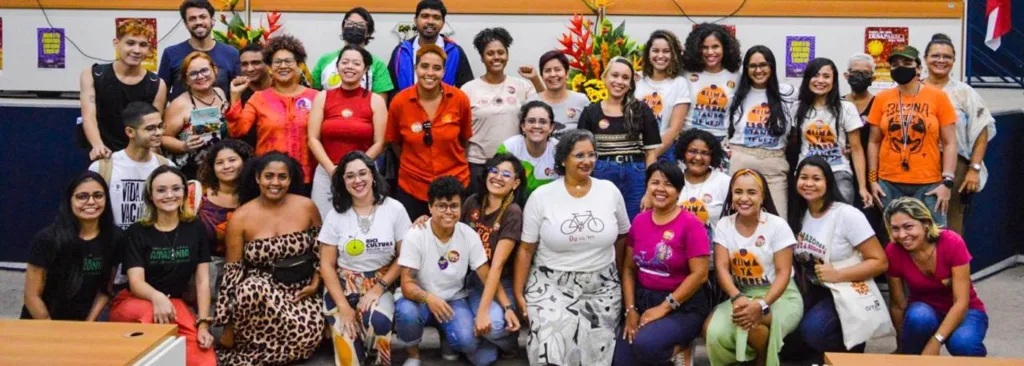Civil Society Organisations (CSOs) need to undergo fundamental shifts in their organizational communications culture to benefit fully from social media technologies, according to a guidebook recently published by Hivos Southern Africa with support from the Embassy of the Kingdom of the Netherlands to Zimbabwe.
According to the guidebook, the rapid growth of social media use in Southern Africa has seen it become an important medium through which civil society organisations can reach out to their target audiences.
Despite the exponential growth of internet access in Southern Africa, CSOs have been either slow or reluctant to embrace social media platforms to engage their supporters and donors in order to facilitate social change.
The skepticism towards social technologies is veiled behind a number of factors such as lack of technical capacity, limited access, high costs and concerns over safety and security.
The publication titled: “Getting Social Media to Work for Civil Society Organisations: A Six Step Guide,” was developed as a quick reference guide for civil society organisations to embrace the power of social technologies – not as a separate entity – but within the context of an integrated communication framework.
The guide outlines six key steps for CSOs to ensure that social media and social networking is integrated into CSOs’ communications planning, programme design and monitoring and evaluation frameworks. In addition, the guidebook, is aimed at building and strengthening the capacity of CSOs to use social media platforms as well as strengthen their ability to manage their social media presence through high quality, authentic and consistent content.
CSOs with few resources can enhance audience reach and connect with their constituencies through the effective use of social media technologies. A key motivation for using social media technologies is that at their most basic the tools are easy to use and to access.
However, because the field of social media and social networking is ever-evolving, CSOs need to keep abreast of such developments. CSOS can only ignore social media at their peril. Because CSOs are often located at the heart of what matters to communities, they should be naturally drawn to social technologies. As more people in Southern Africa get connected they will find it much easier to communicate and share information via social platforms.
“The need to communicate will never change. While the leading social media platforms may diminish in their influence, the need to connect with others, to express ourselves and to learn will never change lending credence to the underlying philosophy and concept of social media and social networking,” states the guidebook.
CSOs have tended to treat social media as a separate entity from their overall communication processes. As a result, knee jerk approaches have been employed in the management of social media characterised by rapid fire social media posting during workshops or events to the detriment of audience engagement.
Furthermore, CSOs tend to expect quick returns to social media; there is little appreciation that engagement is a long term investment that requires forward planning, content development and calendaring, monitoring and evaluation and investing in advertising dollars to grow social communities.
While the guidebook is in no way a definitive guide on social media, what is apparent is that /,p=0]ocial media is one of the most powerful and unique tools to interact with audiences that CSOs should embrace as part of their strategic communications and programmatic planning. As social media technologies change, Hivos Southern Africa will continue to update the guide to keep it relevant.




